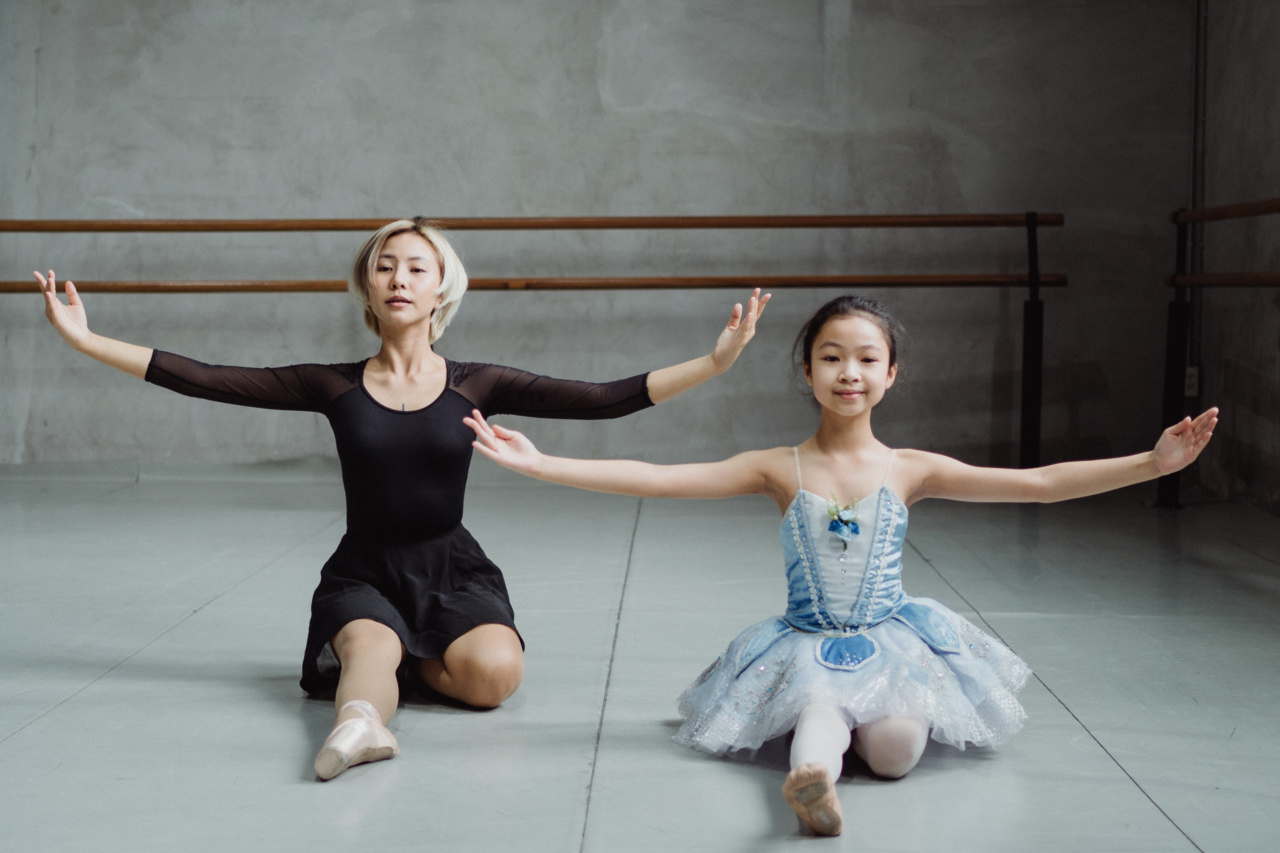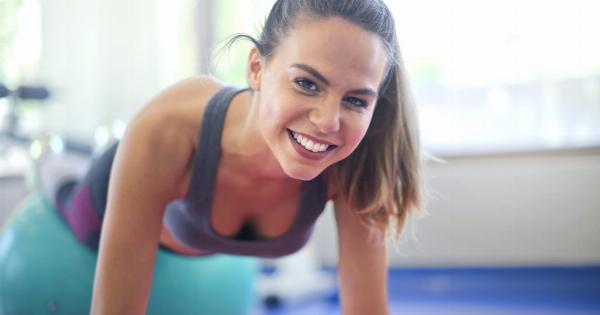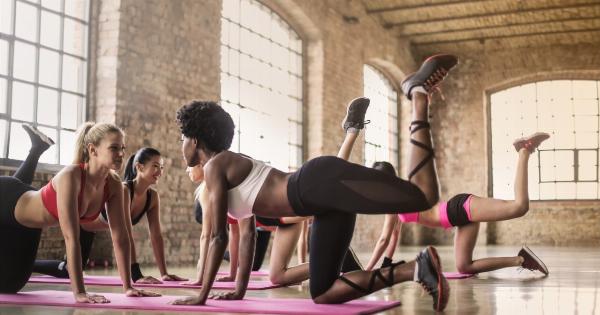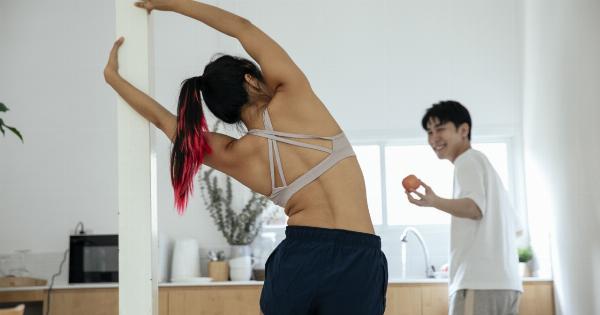Ballet barre is a fundamental tool used in ballet training to improve posture and alignment of dancers. It serves as a supportive structure that aids dancers in maintaining balance, developing strength, and perfecting their technique.
The ballet barre is an essential component of any ballet class, providing a stable foundation for dancers to execute various exercises and movements.
Benefits of Ballet Barre
Regular practice at the ballet barre offers numerous benefits for dancers. Here are some of the key advantages:.
Improves Posture
An important aspect of ballet training is developing correct posture. The ballet barre assists dancers in aligning their spines and elongating their bodies.
By using the barre as a guide, dancers can maintain proper posture throughout their movements, which helps prevent strain on the muscles and reduces the risk of injuries.
Enhances Alignment
Alignment refers to the positioning of various body parts, such as shoulders, hips, and feet, in relation to each other. Correct alignment is crucial for executing ballet movements with precision and grace.
The ballet barre allows dancers to focus on aligning their bodies correctly, ensuring that all movements are performed with proper form and alignment.
Increases Strength and Stability
Ballet barre exercises target specific muscle groups, helping to develop strength and stability. The barre provides support, allowing dancers to work on their technique and build endurance without compromising their balance.
Regular practice at the barre helps strengthen the core, legs, ankles, and feet, contributing to improved overall strength and stability.
Refines Technique
The ballet barre serves as a training tool for dancers to refine their technique. It allows for repetitive practice of fundamental ballet movements, such as pliés, tendus, and dégagés.
Through consistent practice, dancers can improve their control, precision, and fluidity in executing these movements, leading to a refined technique.
Develops Balance
Balance is a crucial skill for a ballet dancer. The ballet barre provides stability and support, allowing dancers to work on their balance gradually and safely.
By practicing various exercises at the barre, dancers learn to distribute their weight evenly and find their center of gravity, ultimately improving their ability to maintain balance during more challenging movements.
Improves Flexibility
Flexibility is essential for ballet dancers to achieve a wide range of movements and positions. The ballet barre assists in stretching and lengthening specific muscles, such as hamstrings, hip flexors, and calves.
Regular barre exercises improve dancers’ flexibility over time, enabling them to perform more demanding ballet techniques and movements.
Prevents Injuries
Proper posture, alignment, and strength gained from ballet barre exercises contribute to injury prevention. By consistently practicing at the barre, dancers develop body awareness, correct muscle imbalances, and learn to move efficiently.
This reduces the risk of injuries often associated with ballet, such as sprains, strains, and overuse injuries.
Building a Ballet Barre Routine
When incorporating ballet barre exercises into your training routine, it is essential to focus on a variety of exercises that target different muscle groups and aspects of technique. Here is an example of a basic ballet barre routine:.
1. Plie
Stand facing the barre with feet in first position. Bend the knees, keeping the heels pressed into the floor. Straighten the legs and repeat the plié movement, focusing on maintaining proper alignment and posture.
2. Tendu
Start in first position and slide one foot along the floor, extending it outwards without lifting it off the ground. Keep the supporting leg straight and engaged. Return the foot to its original position, maintaining control and alignment.
3. Battement Degage
From first position, extend one leg out to the side, allowing the foot to leave the floor slightly. Flex the foot and return it to the starting position, maintaining turnout and engaging the muscles of the supporting leg and core.
4. Rond de Jambe
Begin in first position and trace a circular path on the floor with one foot, maintaining turnout and control throughout the movement. Reverse the direction of the circle and repeat on the other side.
5. Grand Battement
Stand in first position and extend one leg out to the front, side, or back, while keeping the rest of the body stable. Focus on maintaining control and alignment as the leg reaches its highest point.
6. Relevé
Start in first position and rise onto the balls of the feet, lifting the heels off the ground. Lower back down and repeat the relevé movement, focusing on maintaining balance and alignment.
7. Plié with Developpé
Perform a plié as described earlier and extend one leg to the front or side, keeping it straight and aligned with the hip. Return the leg to the starting position and repeat on the other side.
8. Port de Bras
Stand in first position and perform a series of arm movements, coordinating them with the breath and the flow of the upper body. Focus on fluidity, grace, and maintaining proper posture throughout.
9. Balance Practice
Stand in first position, lift one leg off the floor, and practice balancing on the supporting leg. Extend the lifted leg to various positions, such as devant, à la seconde, or derrière, and hold the balance as long as possible. Repeat on the other leg.
10. Stretch and Cool Down
After completing the main barre exercises, take time to stretch the muscles worked and gently cool down the body. Perform stretches for the calves, hamstrings, quadriceps, and other targeted muscle groups.
Finish with a brief moment of relaxation and reflection.
Conclusion
Regular practice at the ballet barre is essential for dancers to achieve proper posture, alignment, strength, and technique.
Incorporating barre exercises into a training routine helps improve overall body mechanics, prevents injuries, and enhances performance in ballet. Remember to always approach ballet barre exercises with proper form, focus, and dedication to reap the full benefits it offers.






























